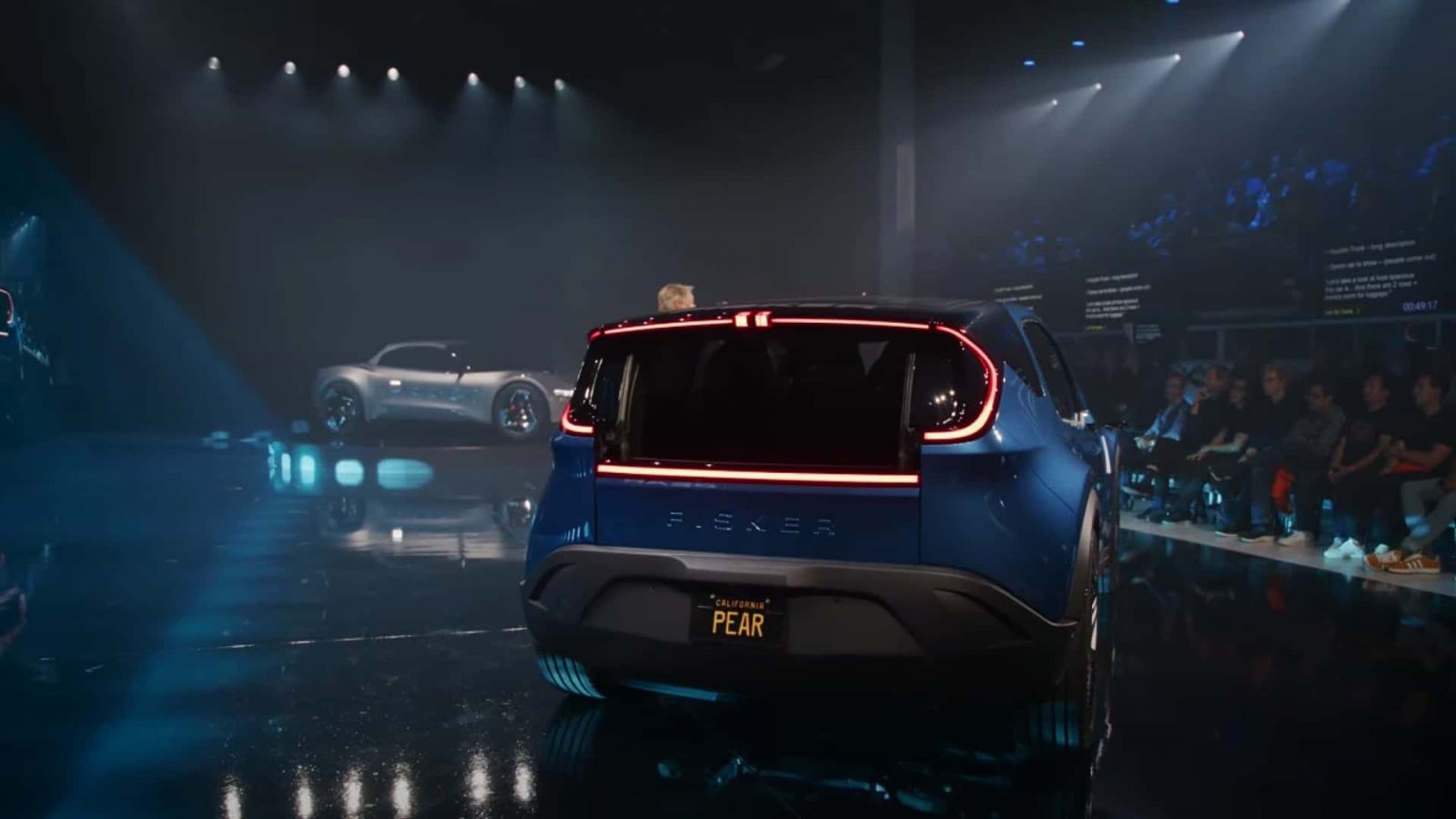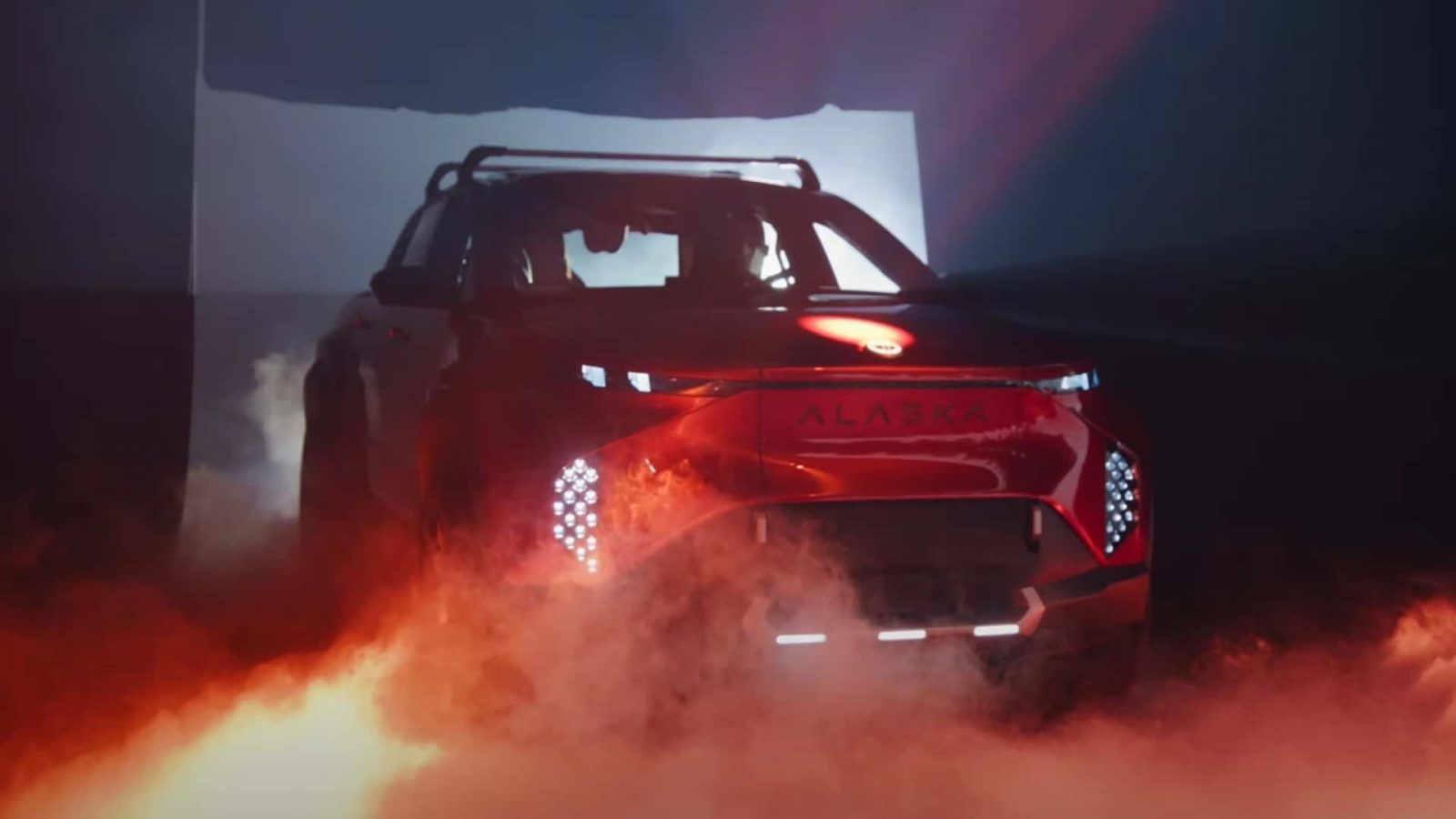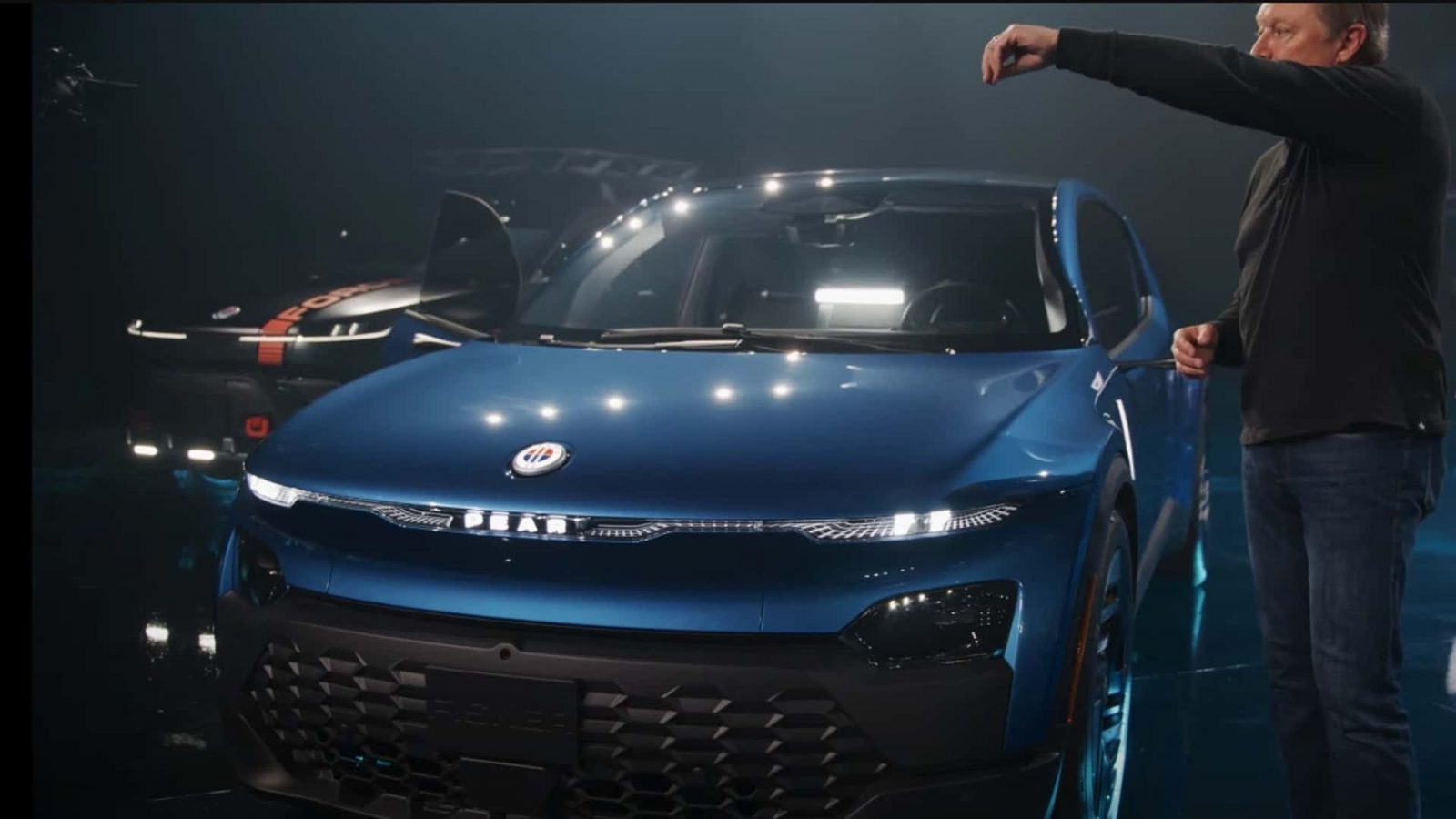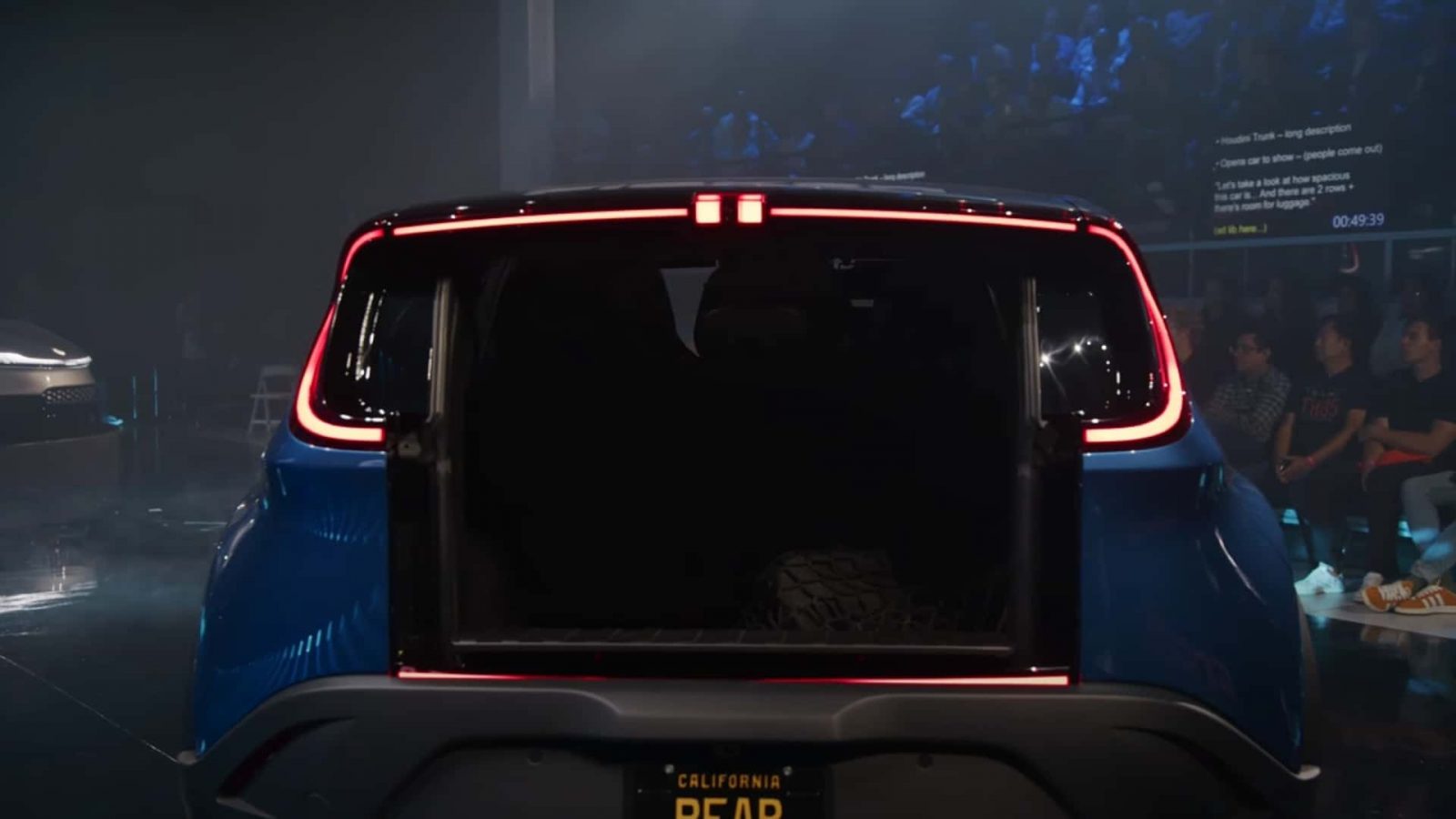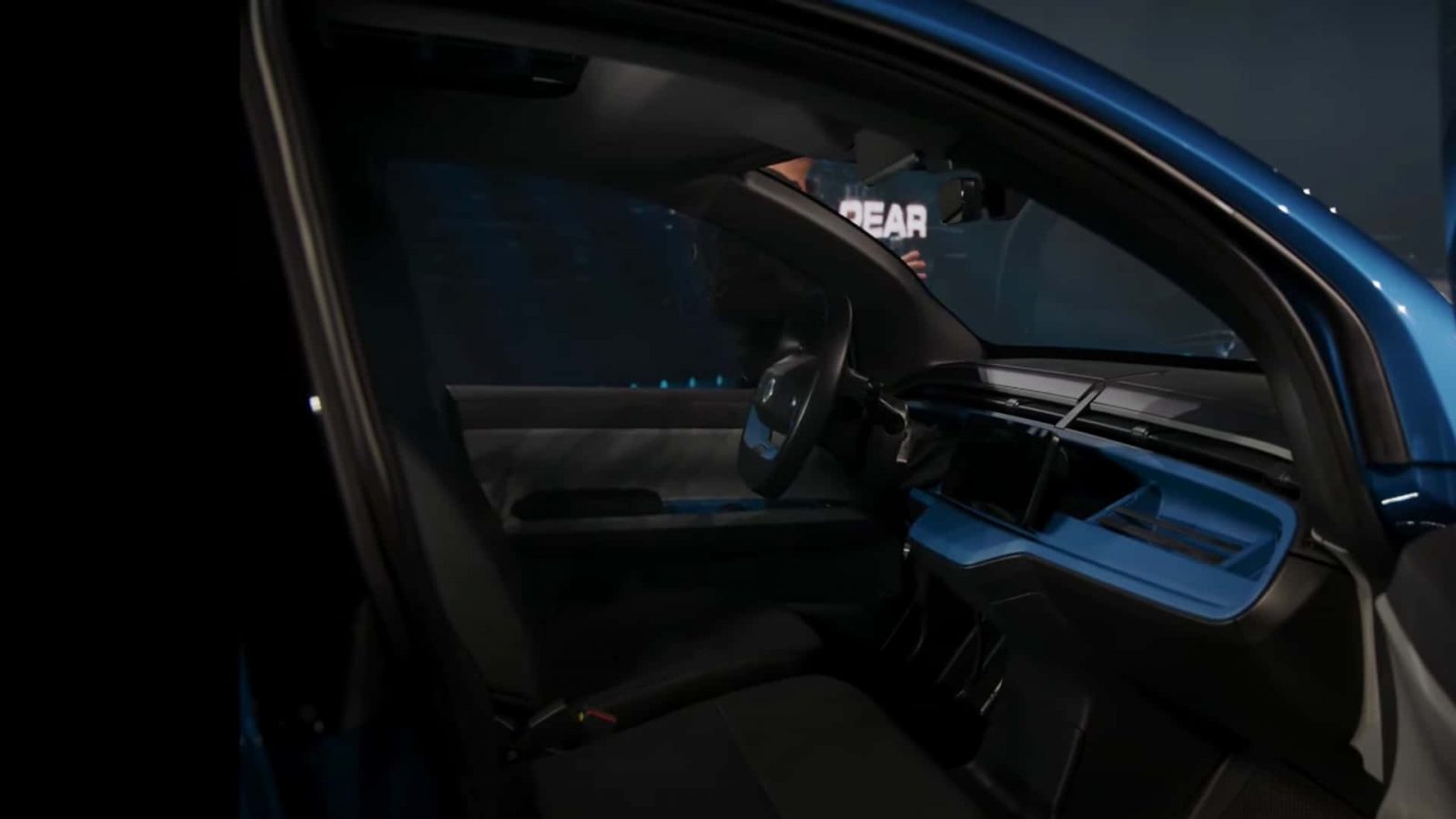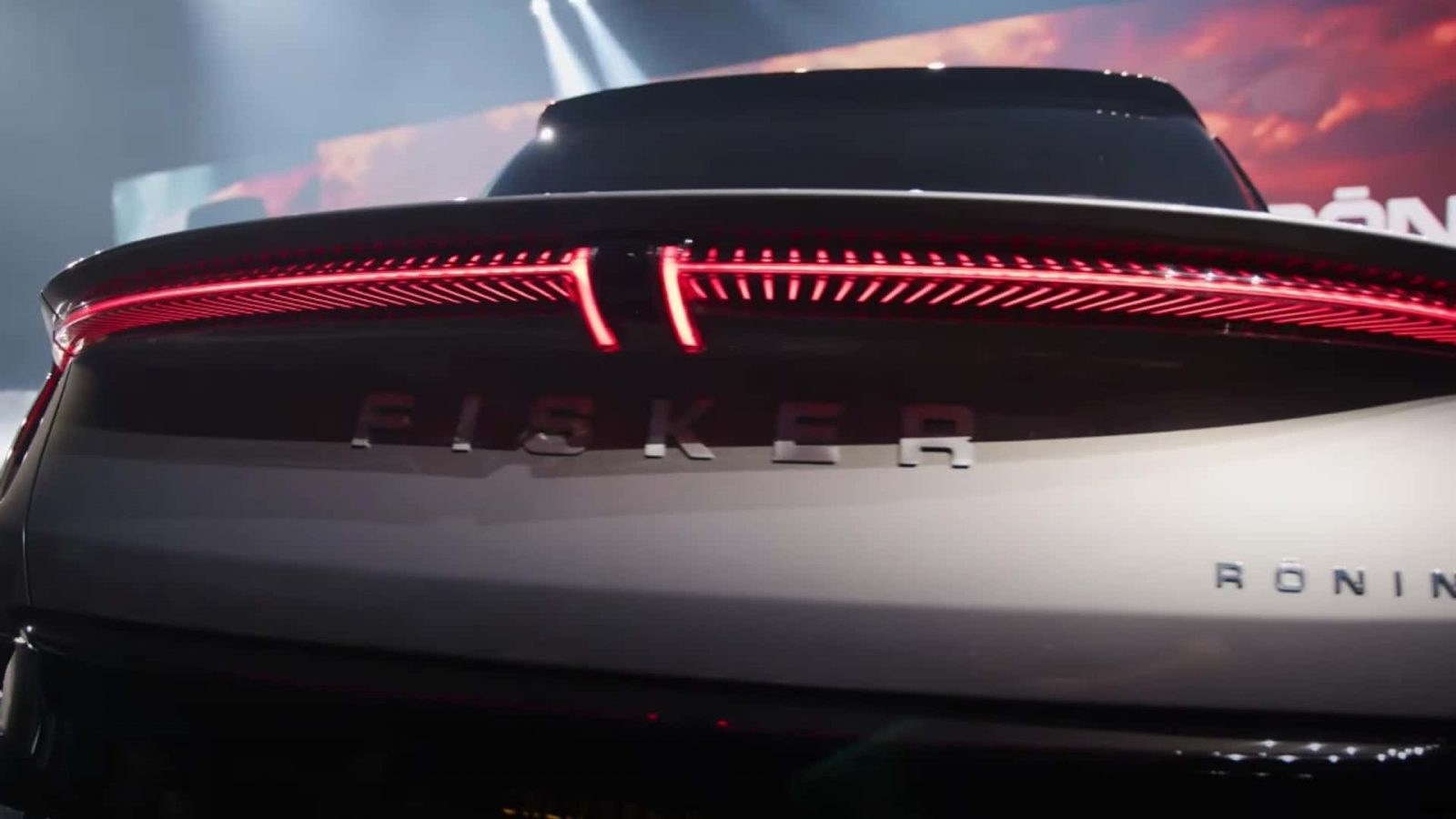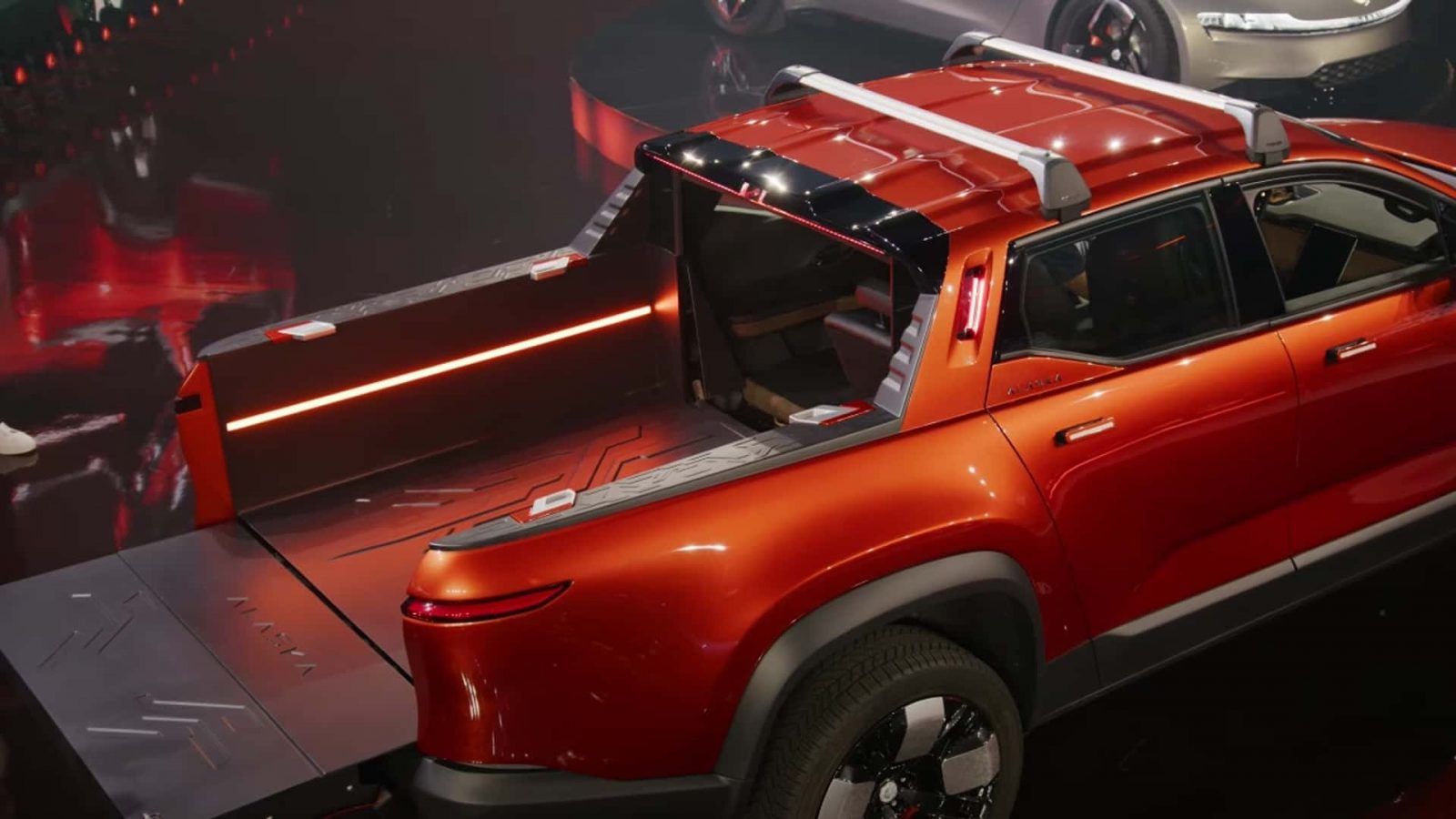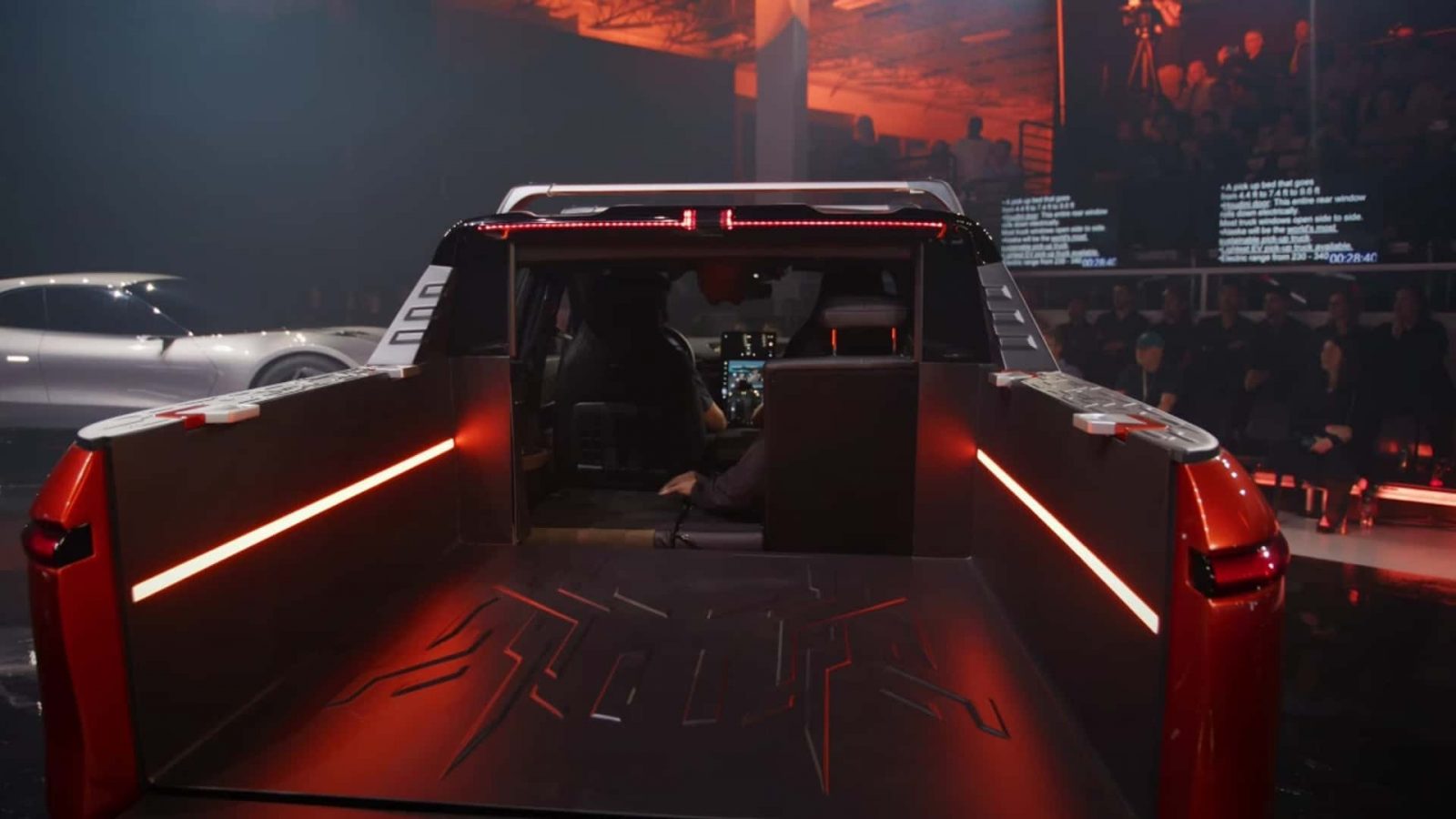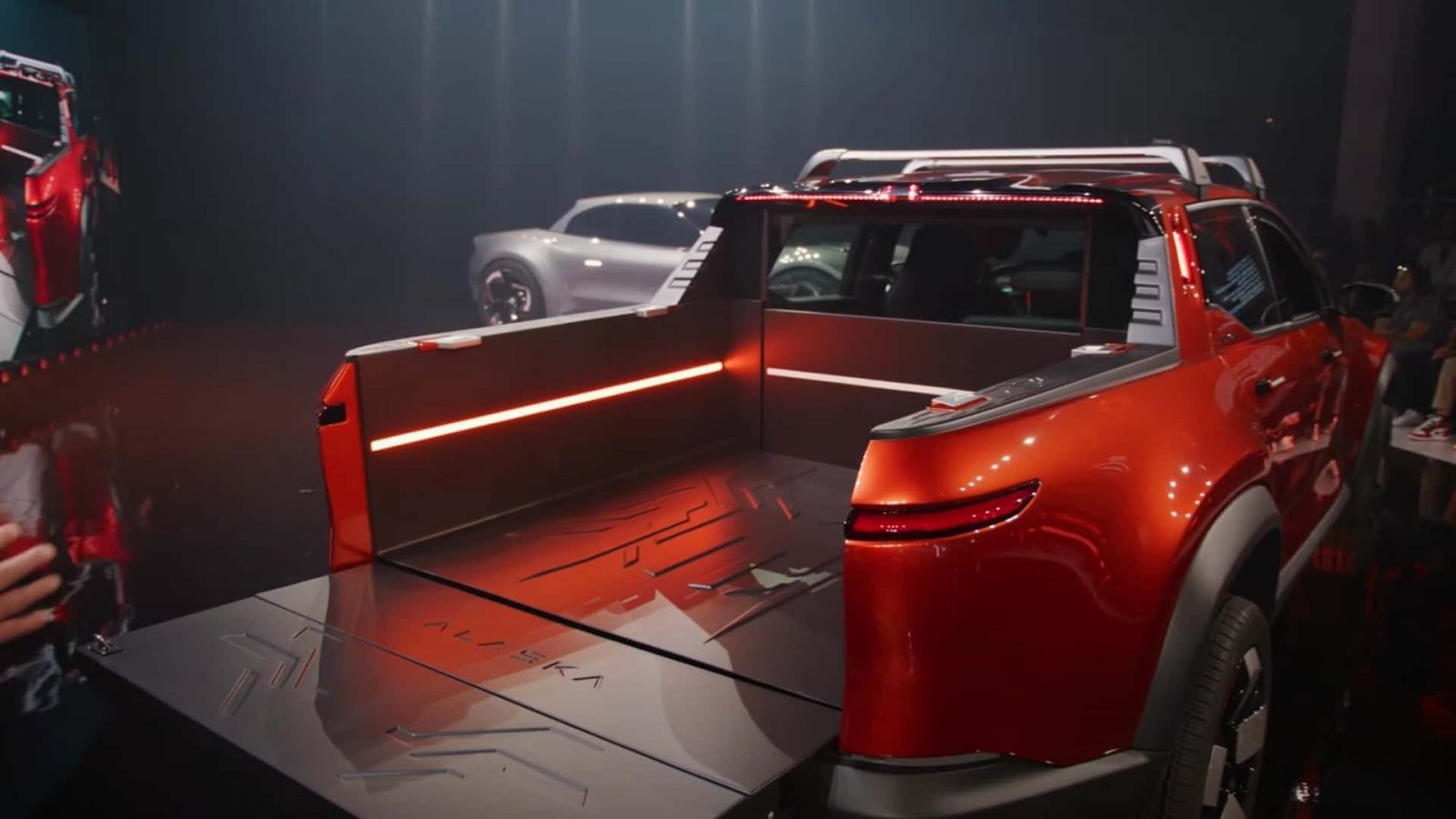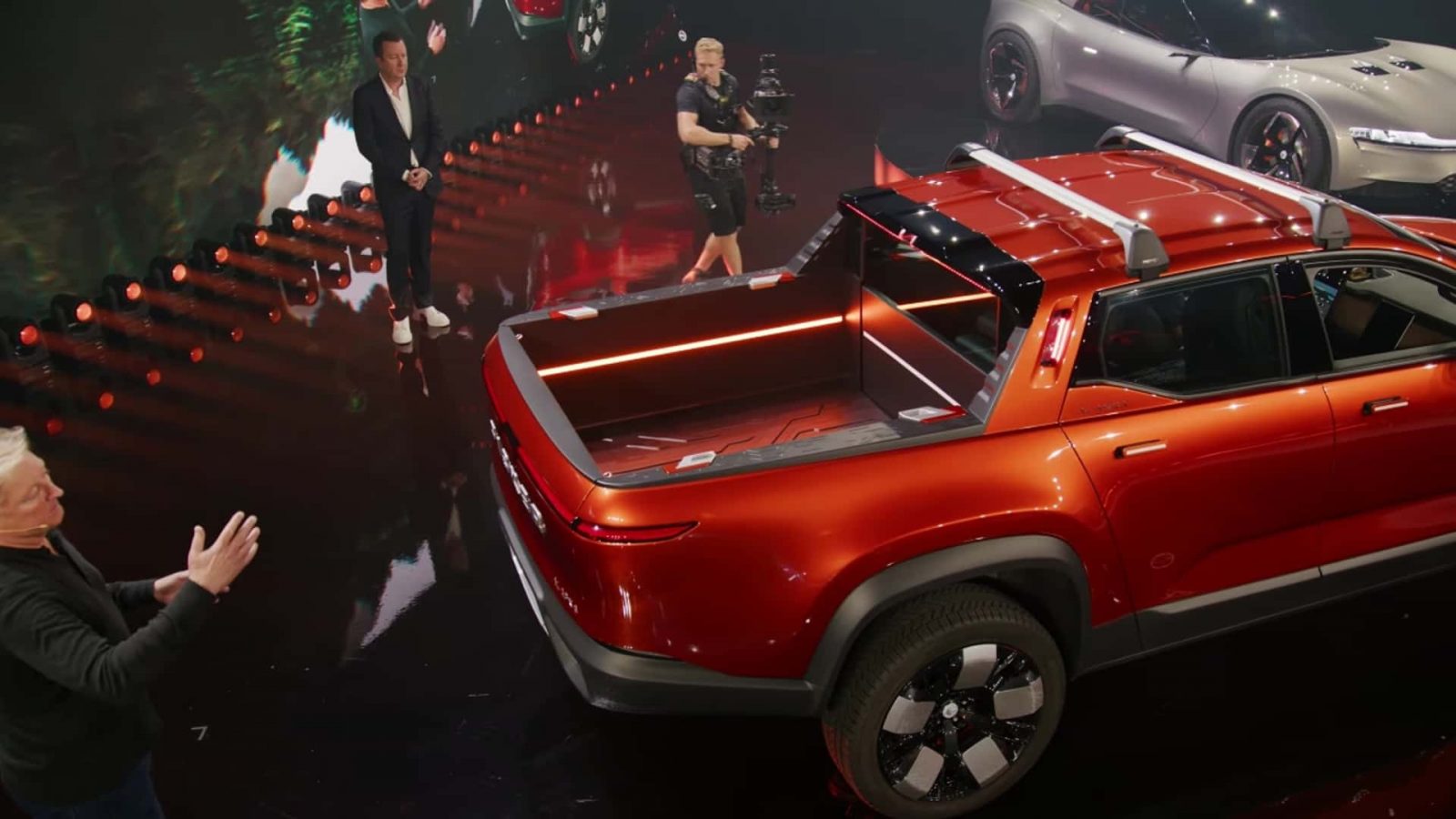Fisker showed that it was off to a strong start when the company unveiled the Ocean all-electric SUV. The Ocean was a glimpse into how CEO Henrik Fisker would take full advantage of his second attempt at the EV market (after prior failures with VLF and the original Fisker company.) However, if the company wants to reach the maximum number of customers, it would have to expand the model lineup. Fisker has managed to do just that in a big way, with several models making their debuts during an event the company threw in California to help provide the Ocean with some backup in showrooms.
Alaska & Pear Aim For Wide Customer Dragnet
Arguably the most important unveiling of the bunch was the Fisker PEAR, the company’s first foray into the budget EV market. The PEAR may sound like it was inspired by the iconic fruit of the same name, but it actually means Personal Electric Automotive Revolution. The small CUV is meant to lure in younger buyers and those with tighter wallets thanks to its starting price of $29,000, with federal incentives lowering that down to $22,400. The PEAR will ride on Fisker’s SLV1 platform, with the company claiming that it uses 35 percent fewer components, including universal arm rests that have the same part number for all the doors. The SUV’s styling looks like a shrunken version of the Ocean, but many of Fisker’s design touches are still present. The PEAR’s electric powertrain is expected to get 300 miles in dual-motor guise, but it remains to be seen what a single-motor version of the PEAR is capable of, assuming Fisker even plans to offer one.
The PEAR’s party trick is its novel Houdini trunk which actually slides up and down when being used. Similar doors have been teased on concepts in the past, and Lincoln even attempted powered sliding doors in 1993 with a concept version of the Mark 8 (vid below.) The PEAR’s would be the first of its type to enter formal production, but it remains to be seen if Fisker will have the door on all models, or if it will be limited to higher trims only with a more traditional liftgate/door being used on lower grades. In addition to the novel rear door, Fisker also confirmed that the model would have lounge mode with the front and rear seats folding down to create a flat space where owners and passengers can lie down or even sleep. The PEAR will begin rolling out to customers in the middle of 2025.
Meanwhile, the Alaska pickup is meant to compete with the Ford F-150 Lightning, Rivian R1T, and the Chevrolet Silverado EV. This truck is built on a stretched version of the FT31 platform that underpins the Ocean SUV. Henrik Fisker claims this shared layout will allow the company to get the Alaska into production very quickly. The profile is largely similar to what we have seen in the Silverado EV, with the side profile flowing towards the rear bed area. That bed is 4.5 feet long but can be expanded to 7.5 feet when the midgate (a repurposed Houdini trunk) is lowered to help provide access to the cabin, and 9.5 feet with the tailgate open. The Alaska’s EV powertrain is carried over from the Ocean too, but whereas the SUV can get 440 miles in WTLP cycle testing, the Alaska’s heavier weight and some of the platform’s modifications do cause the expected range to fall slightly between 230 and 340 miles.
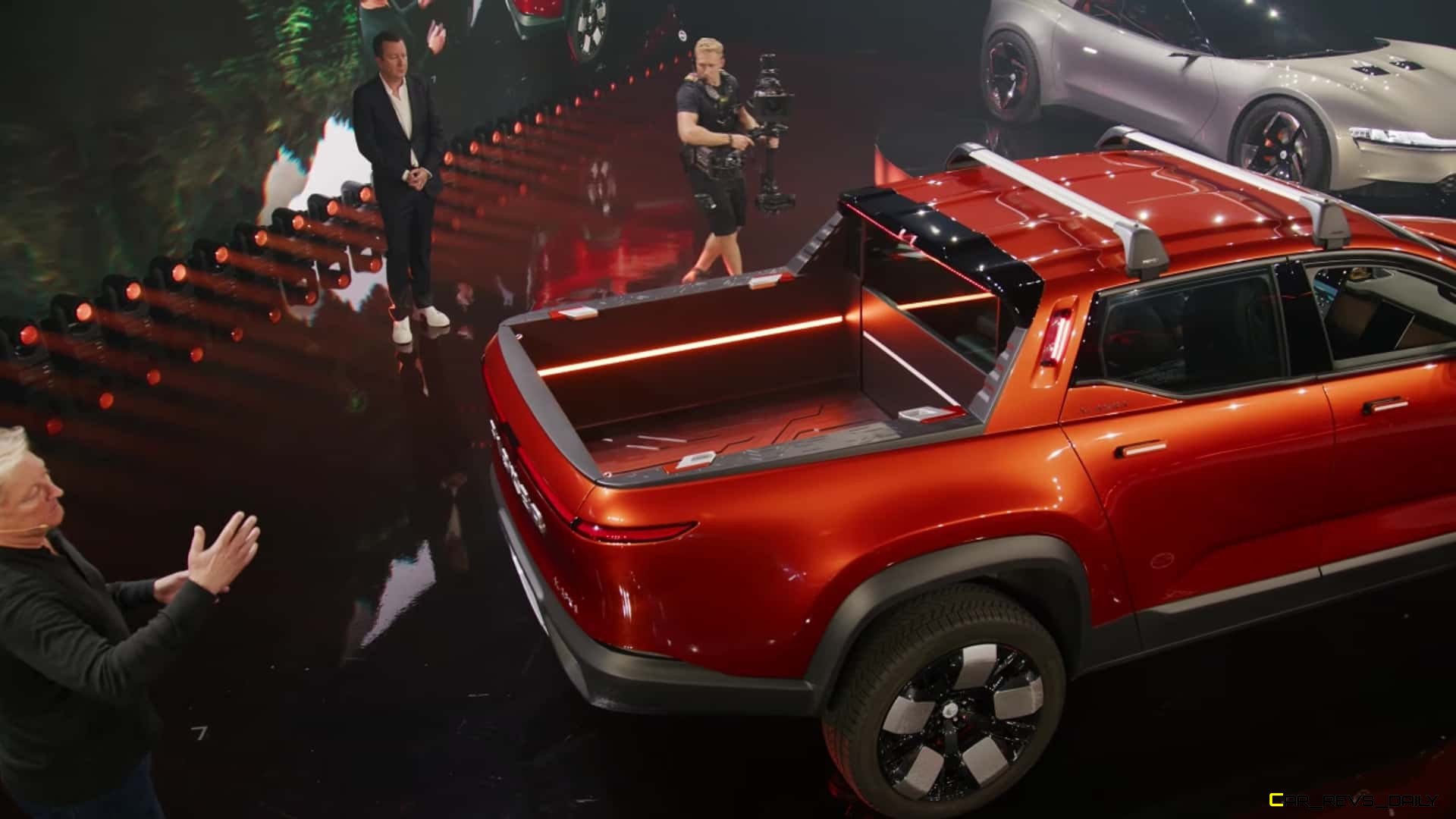
The interior of the Alaska is also designed to maximize the amount of space on hand, with the company proudly showing off what it says, is the world’s largest cupholder as well as a neat “Cowboy Hat Holder.” Our favorite item, though, is the wood trim in the Alaska. While this plant-based item is often a mere afterthought in the world of luxury vehicles with how prevalent it is, Fisker claims that not only is the wood repurposed, but it also goes through a special treatment process that helps it feel like fabric. Look for the first production examples to begin rolling out in late 2024.
Ronin, Fisker’s First Supercar Is In A Class of Its Own
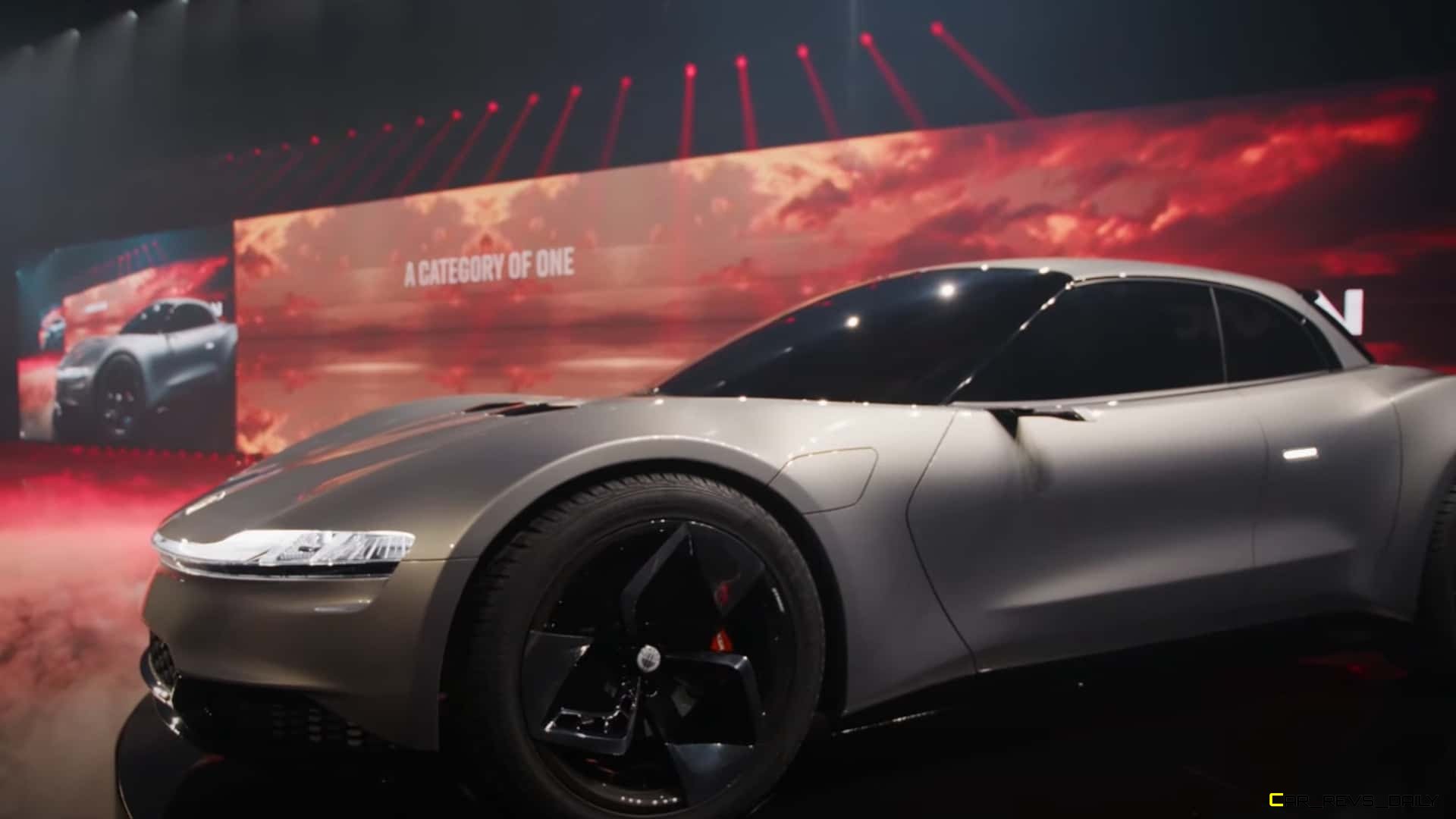
Another reveal at the event was the Fisker Ronin. Fisker claims that the Ronin is the world’s first four-door convertible, and while it’s technically not the first four-door droptop (the 1961 Lincoln Continental beat the Ronin to that title by a few decades), the Ronin still brings a number of neat features to the table. The fore-mentioned top is made out of carbon fiber, and the scissor doors provide access to a cabin that can seat up to five passengers. Sharp exterior styling also defines the Ronin, and it appears that Fisker designers were also paying sly homage to the infamous Karma, with the core profile being very similar to that model.
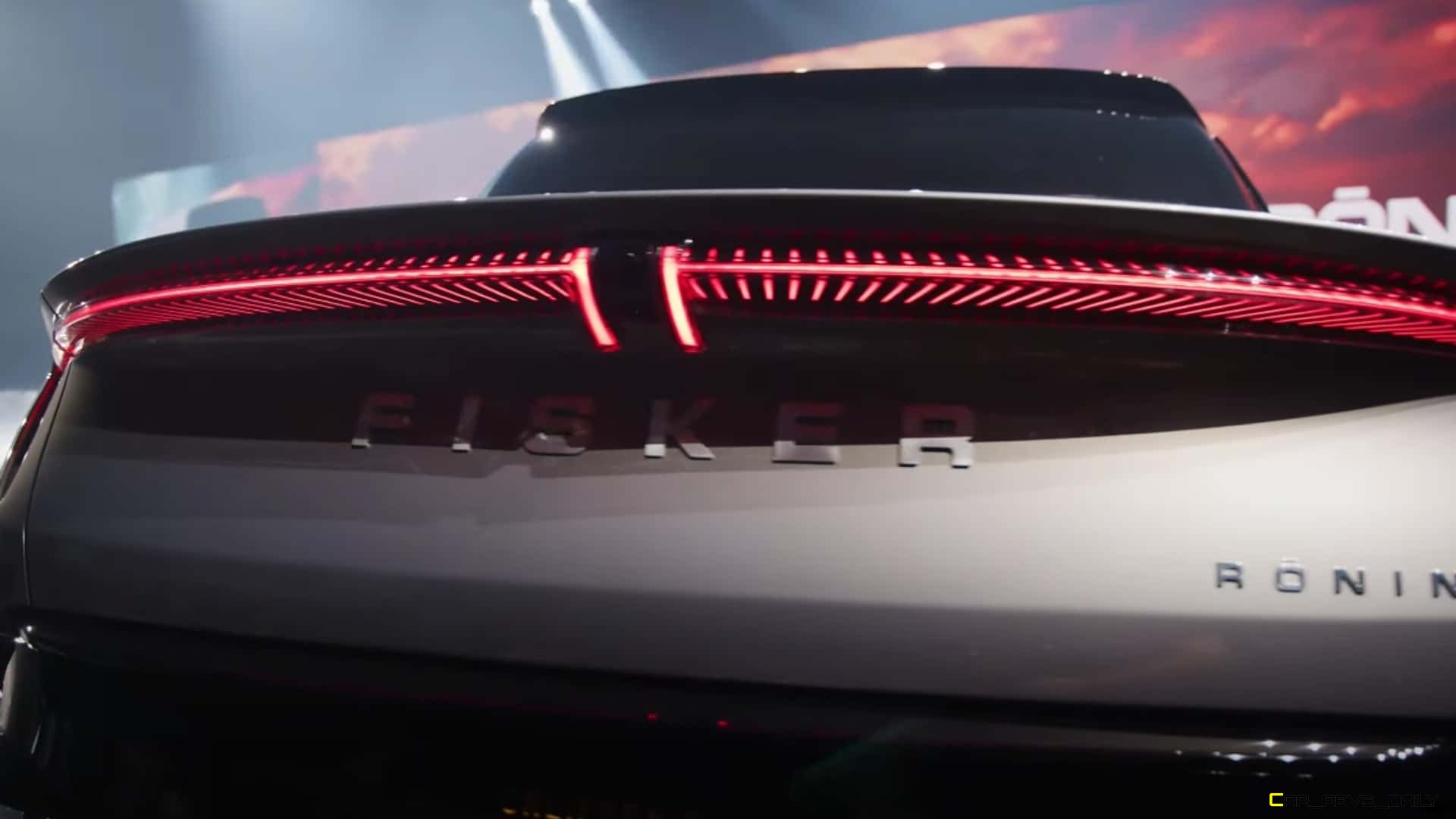
Performance for the Ronin will come from three electric motors and a cell-to-chassis battery pack that will allow the car to make 1000 hp and complete the sprint to 60 mph in just 2 seconds. It also doesn’t hurt either that the Ronin will have 600 miles of range thanks in part to the novel battery eliminating the need for bulky battery packs and modules, which helps slash weight. Look for the Ronin to be available in late 2025, with overall availability and pricing matching its ultra-bespoke mission in life.
Blade Supercomputer Is The Mother Brain of It All
The last unveiling that caught our attention was not a formal car (despite the best efforts of the trail-ready Ocean Force-E) but rather a supercomputer. Dubbed Blade, this supercomputer may look like a small box, but size isn’t everything, and there’s a lot going on here. The Blade will be making its appearance in the PEAR and was designed from the ground up to be fast, with the computer capable of processing data at an utterly bonkers 6.2 teraflops. The computer can also be upgraded, and the company claims that it can support functions like 5G capability, multi-gigabit ethernet, and WiFi capability.
Fisker claims the Blade will also be a “mini data center,” and the company revealed that it has the ability to support AI capability, with one example of this being the ability to “predict failures before they can occur” along with providing a jolt to the graphics processors and rendering tech. It will be interesting to see if Blade can indeed deliver on all of these promises, but look for the supercomputer to become a key part of Fisker’s EV products moving forward.
With all of these new models and technology, it can be easy to forget that Fisker is still a relatively young upstart EV brand. Like other upstarts, Fisker has not met some of its initial promises, with the flagship Ocean SUV missing its production targets for two straight quarters and the company still burning through cash rapidly. That said, we look forward to hearing more from the company in the future; this author almost put a deposit on the PEAR, and there’s still plenty here to keep an eye on.

Carl Malek has been an automotive journalist for over 10 years. First starting out as a freelance photographer before making the transition to writing during college, his work has appeared on numerous automotive forums as well as websites such as Autoshopper.com.
Carl is also a big fan of British vehicles with the bulk of his devotion going to the Morgan Motor Company as well as offerings from Lotus, MG, and Caterham. When he is not writing about automobiles, Carl enjoys spending time with his family and friends in the Metro Detroit area, as well as spending time with his adorable pets.


